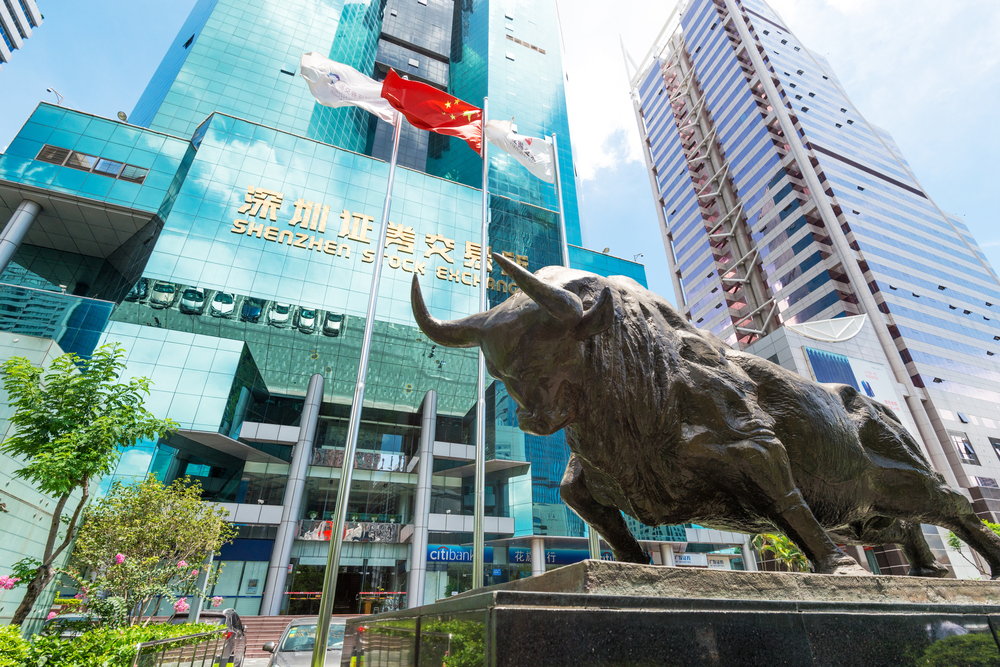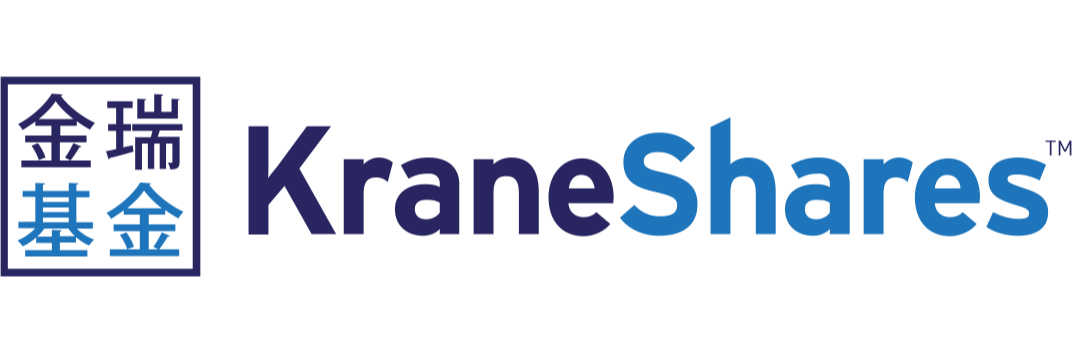Many China ETFs have booked their strongest weekly returns on record after Sino policymakers announced their most broad-ranging stimulus since the Global Financial Crisis (GFC).
Last week, the CSI 300 index gained 15.7% to mark its strongest performance since November 2008.
However, ETFs tracking newer and more niche pockets of China’s equity market continued to rally further still in recent sessions, with the $2m Invesco ChiNext 50 UCITS ETF (CN50) surging 45.5% in the week to 1 October.
Meanwhile, the popular $572m KraneShares CSI China Internet UCITS ETF (KWEB) gained 29.1% over the same period.
The rapid jolt of energy in Sino equities comes on the back of three-pronged support by the Chinese state to reinvigorate the country’s currently disinflationary economy and a stock market out-of-favour with international investors.
The first prong saw an attempt to inspire corporate borrowing activity, with the People’s Bank of China (PBoC) cutting its seven-day reverse repo rate and one-year lending facility rate by 20 basis points (bps) and 30bps, respectively.
For the first time since 2015, the reserve requirement ratio (RRR) was also cut by 50bps in unison with PBoC rate cuts, releasing an additional CNY1trn ($140bn) of liquidity into China’s banking sector, helping them to increase credit supply.
Elsewhere, in an attempt to stimy a two-year crisis in the real estate sector, Chinese policymakers announced they will cut rates on existing residential mortgages – at an average of 50bps – benefiting around 150 million people and lowering annual interest payments by around CNY150bn.
Similarly, the minimum downpayment for second home purchases will be lowered from 25% to 15% and lending conditions will be made more appealing for entities that buy unsold inventories from property developers.
Finally, after popular Chinese equity indices lagged the S&P 500 by 90 percentage points since 2021, the PBoC will launch a CNY500bn liquidity facility enabling investment firms, insurance companies and listed companies to purchase Chinese equities. A second CNY300bn facility will also be available for companies seeking to buy back their own shares.
Commenting on the stimulus, Dr Xiaolin Chen, head of international at KraneShares, described the measures as “groundbreaking” and a “multi-faceted” approach to economic support.
“This policy is expected to have an immediate effect on household disposable income and is anticipated to add 40-60bps to China's GDP,” Chen told ETF Stream.
“Consumers will drive the rally, outperforming the broader market, as the policy directly enhances consumer purchasing power. Given the current valuations, the market performance does not yet reflect the true impact of these policies.”
Adrien Pichoud, chief economist and senior portfolio manager at Syz Group, said the stimulus would likely have “a visible impact” on China’s economy in the coming months, but it remains to be seen whether the measures would be sufficient to see the country reach its 5% GDP growth target for 2024.
However, Pichoud is among a crowd of sceptics who view the measures as a short-term salve rather than a long-term solution to the headwinds facing China’s economic growth on a structural basis.
“They are emergency policy adjustments designed to avoid a further deterioration, or even a full-blown economic crisis,” Pichoud said. “They are not intended to engineer a sustainably higher level of economic growth going forward.
“The medium and long-term challenges facing China remain and will not be addressed by any of those measures.”
In a similar vein, George Magnus, research associate at the University of Oxford’s China Centre, told attendees of ETF Stream’s recent ETF Buyers Club workshop that the idea of China’s economy catching up with the US is now “toast” and “not going to happen”.
Magnus’s comments come on the back of China’s GDP rising from $17.7trn at the end of Q2 2020 to $18.3trn by the end of Q2 this year. US GDP surged by $4trn over the same period.
"Some of you may remember following Japan into the 1990s, when it was the buzzword we all had to talk about within asset allocation and economics. Then, for 20 or so years, we just lost interest. It is likely the same thing is going to happen to China,” Magnus said.
"Despite the fact China accounts for 30% of global manufacturing and has desires to lead the ‘fourth industrial revolution’, there are big macroeconomic problems which have been ever-present and worsening for years.”






